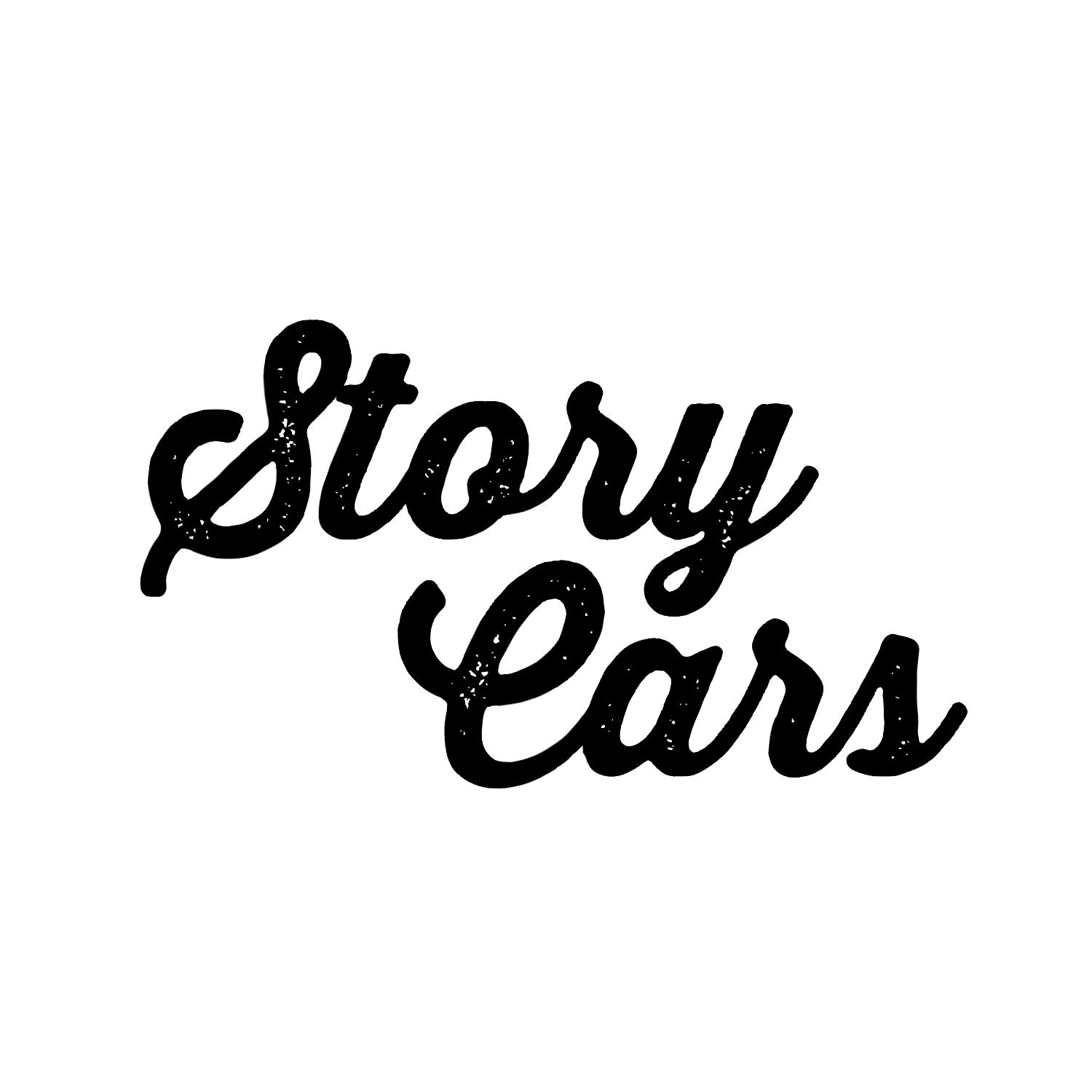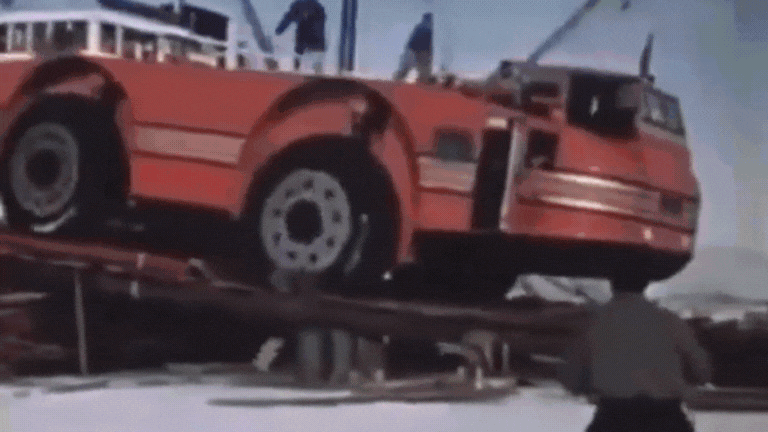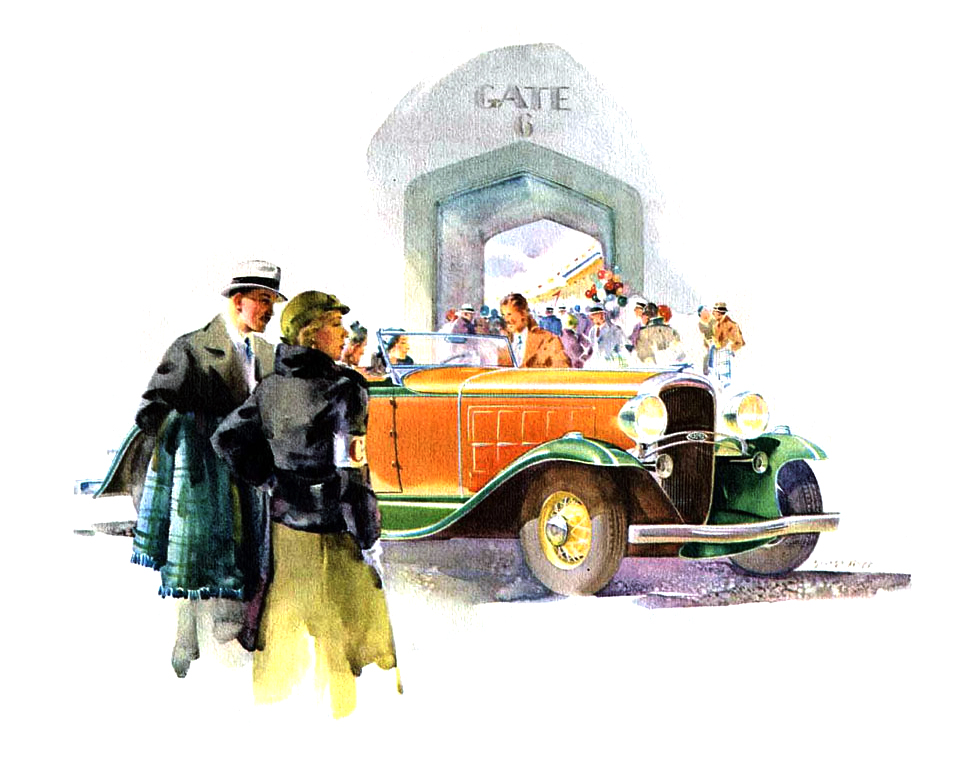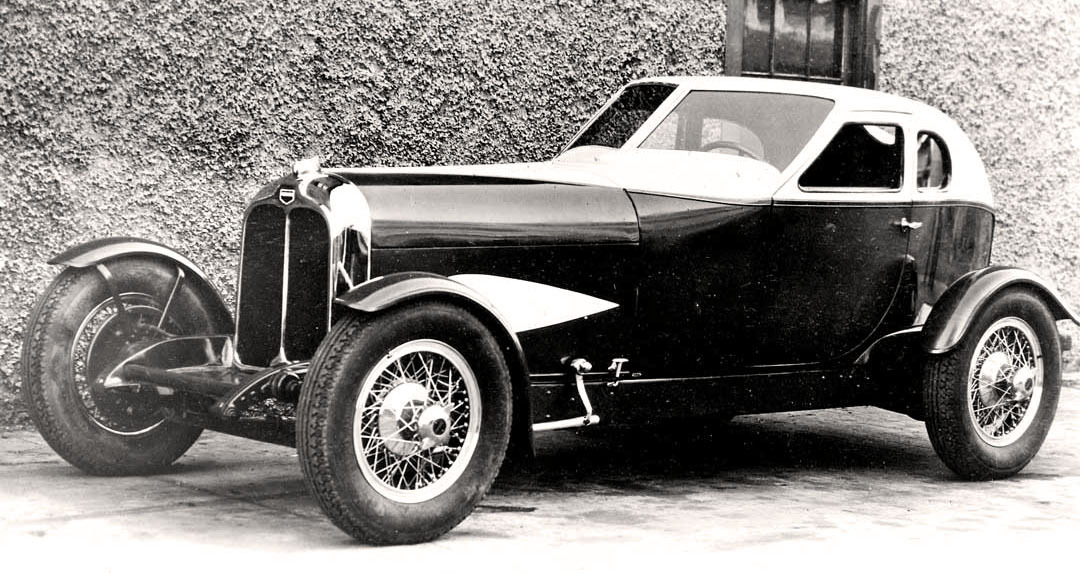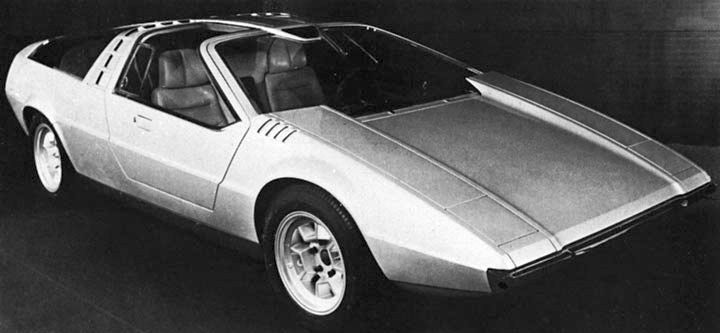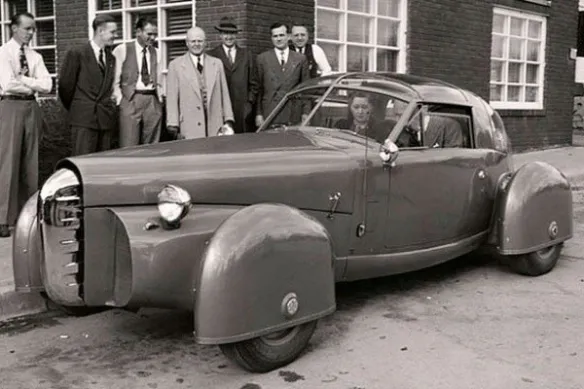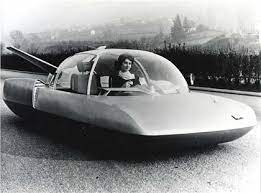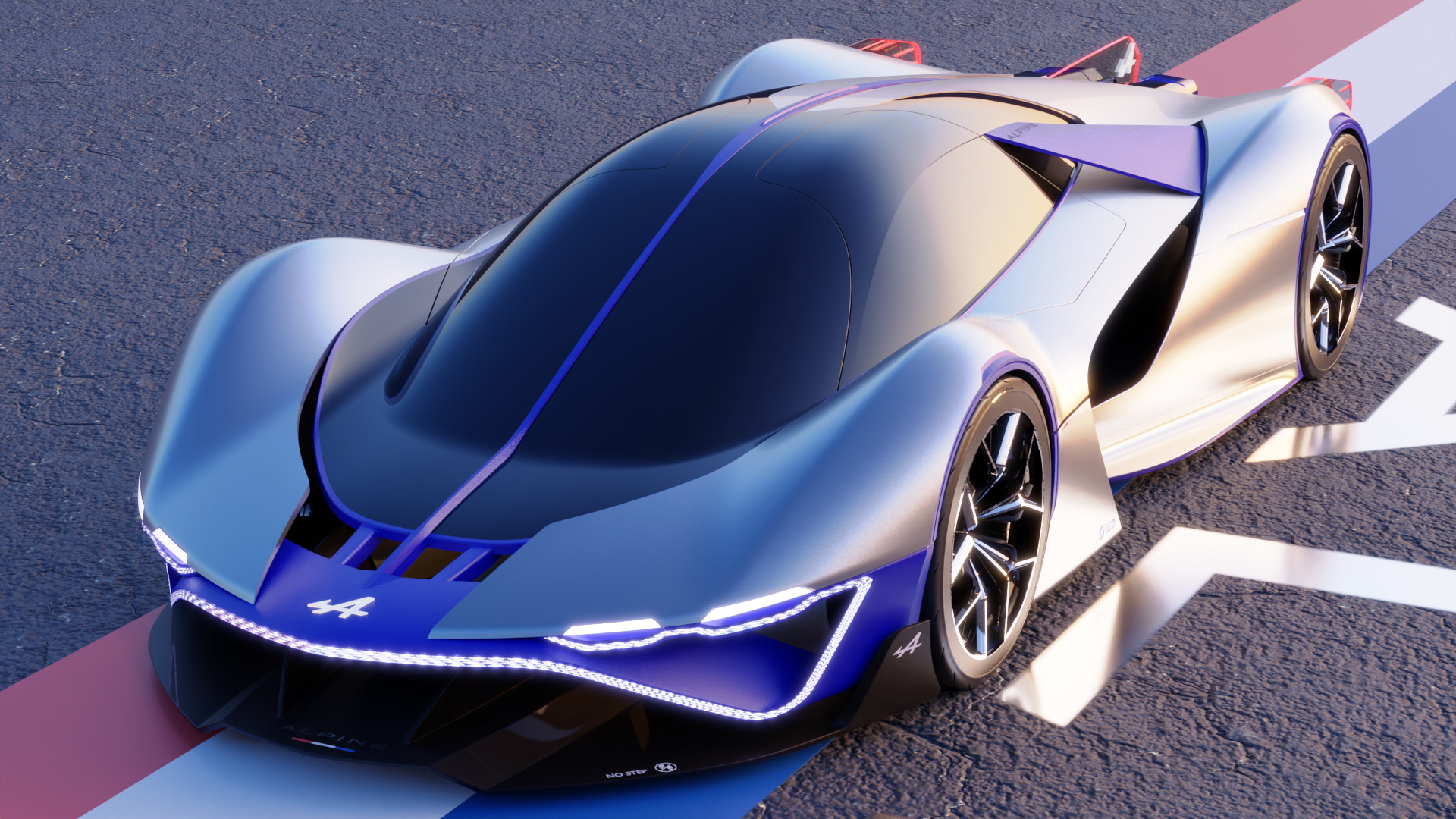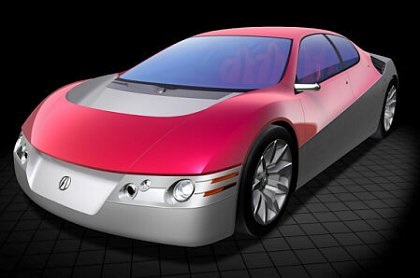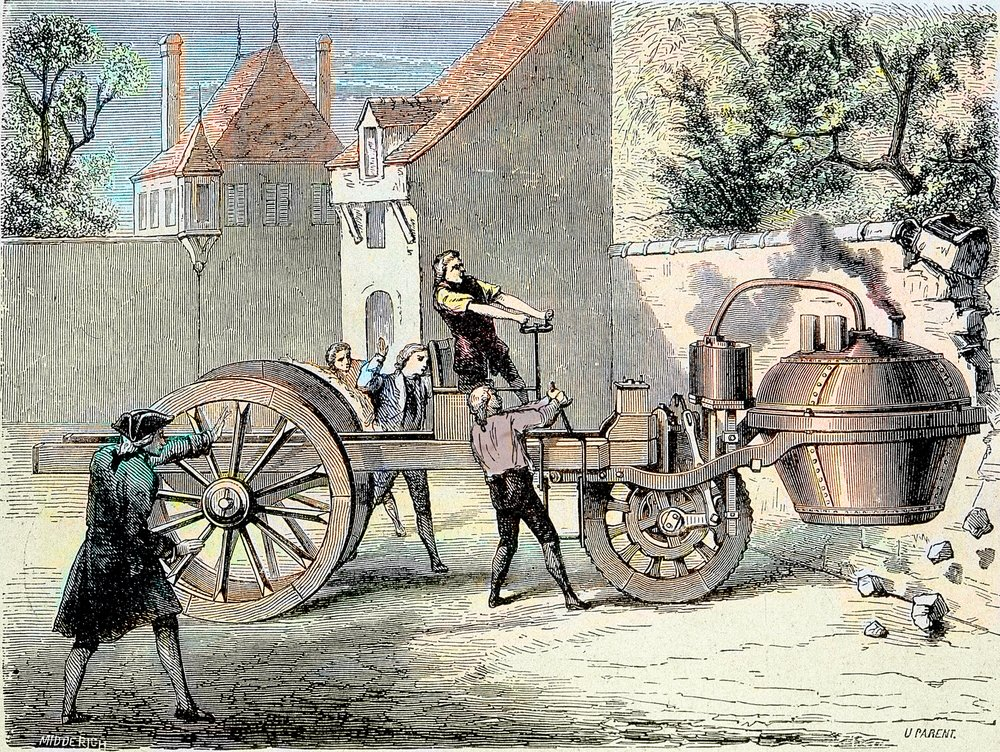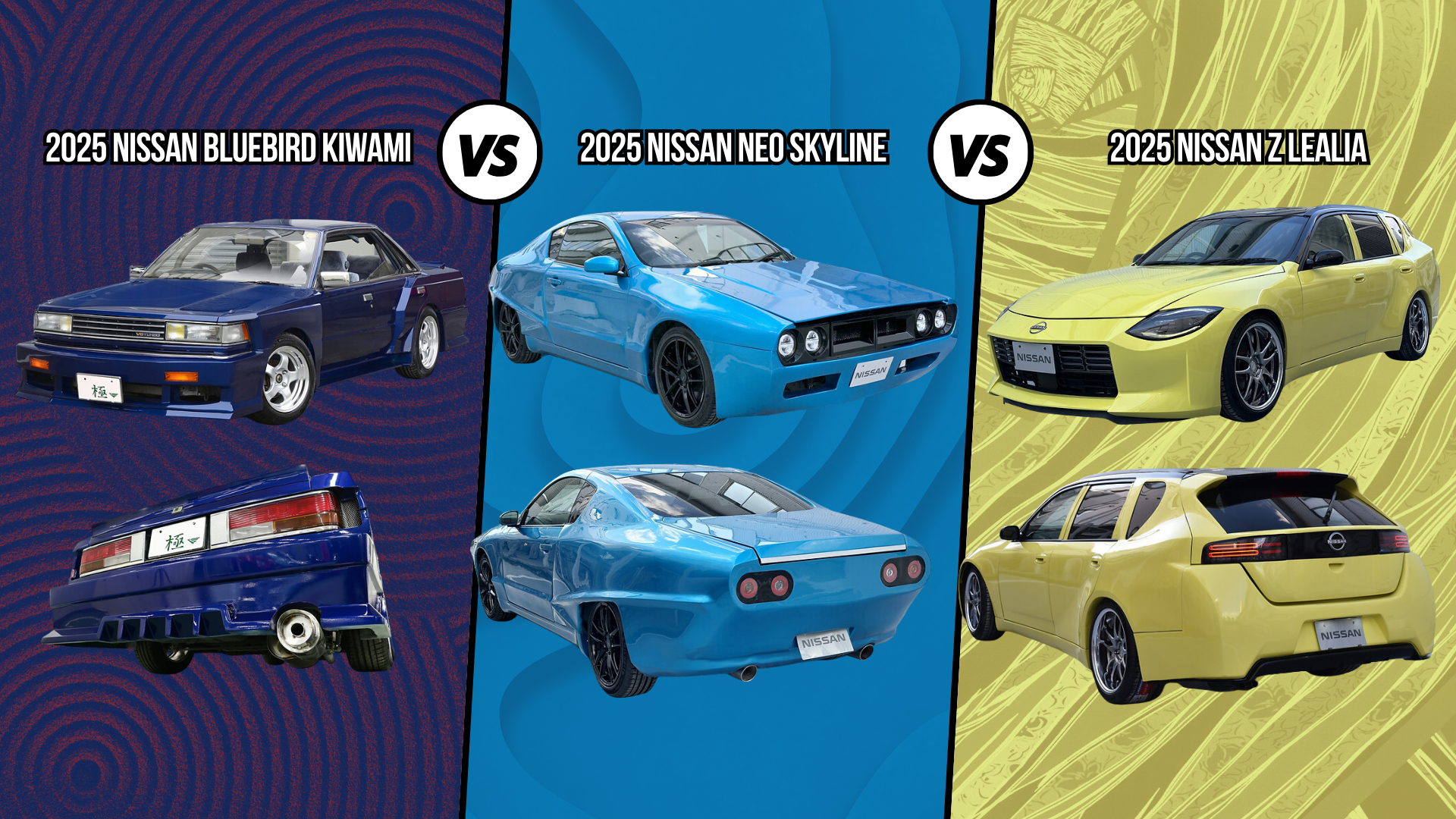While the first-generation Seville had proved quite successful, it failed in its primary mission of winning over younger import buyers. Marketing research indicated that the car was most popular with older women who wanted a Cadillac in a smaller, more maneuverable size. For the 1980 model year, the Seville's K-body platform became front-wheel drive, based on the E-body Eldorado, Buick Riviera, and Oldsmobile Toronado. Length and wheelbase were similar, with the car losing 0.3" in wheelbase and gaining 0.8" overall. The new model featured independent rear suspension and was the first American car to have a standard diesel engine, carried over from the previous generation. Cadillac's new 368 cu in (6.0 L) L62 V8 with Digital Fuel Injection was a no-cost option except in California, where the fuel-injected Oldsmobile 350 remained available as a no-cost option.
The razor-edged bustle-back rear styling drew inspiration from English coachbuilder Hooper & Co.'s "Empress Line" designs from the early 1950s, which were considered a dramatic, modern take on the mid-'30s style of trunk/body integration. In addition, long hood/short deck proportions were inspired by luxury cars of the 1960s. The Seville's "statement" styling was one of the last vehicles designed by Bill Mitchell, appointed by Harley Earl in 1936 as the Cadillac’s first chief designer. It was swiftly imitated by the 1982–87 Lincoln Continental sedan and the 1981–83 Chrysler Imperial coupe. Sales were strong at first, but disastrous flirtation with diesel engines and the ill-fated V-8-6-4 variable displacement gasoline engine, coupled with poor quality control eroded Seville's standing in the marketplace.
The Seville introduced features that would become traditional in later years. In 1981, memory seats appeared—a feature not seen on a Cadillac since the Eldorado Broughams of the late 1950s. This option allowed two stored positions to be recalled at the touch of a button. Also new for 1981 was a digital instrument cluster. The "Cadillac Trip Computer" was a precursor to this option in 1978. Available until 1985, it was considerably less expensive than the trip computer and featured just a digital speedometer and fuel gauge. Engine options changed for 1981: the V8 was now equipped with the V8-6-4 variable displacement technology. However, the engine management systems of the time proved too slow to run the system reliably. A 4.1 L (252 cu in) Buick V6 was added as a credit option. Puncture-sealing tires were also new.
In 1982, Seville offered heated outside rear-view mirrors with an optional rear defogger. Inside, a "Symphony Sound" stereo cassette tape system was available. The previously standard diesel engine became an option with the introduction of a new 4.1 L (250 cu in) HT-4100. This engine had a number of reliability issues, such as weak, porous aluminum block castings and failure-prone intake manifold gaskets. For 1983, the Buick V6 was dropped and a new "Delco/Bose" stereo cassette system was offered at $895. Initially looking like a standard Delco radio, from 1984 onward it featured a brushed gold-look front panel and bulbous lower interior door speaker assemblies. This was also the last year for an available 8-track stereo system. From 1983 through 1985, it was available with a fake cabriolet roof option which gave the appearance of a four-door convertible.

Source: Wikipedia
